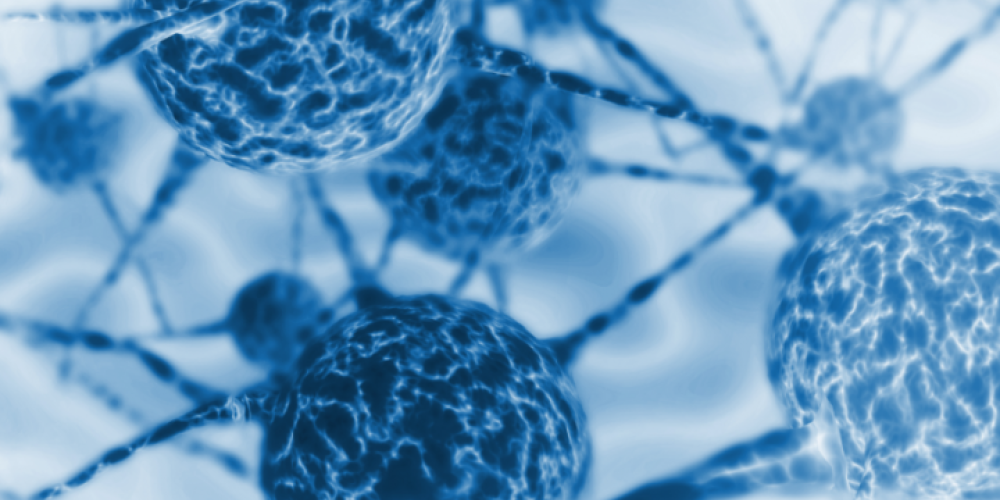
Researchers from the lab of Wim Versées (VIB-VUB Center for Structural Biology) in collaboration with the team of Patrik Verstreken (VIB-KU Leuven Center for Brain & Disease Research) presents the three-dimensional structure of an enzyme involved in Parkinson’s disease, epilepsy, Alzheimer's disease, and Down syndrome. Enzymes are a class of proteins that speed up biological processes in our body, including our brain. That is why 'errors' in these enzymes often lead to devastating neurological diseases. The new structure shows the enzyme 'in action' and opens the door for new smart drug development strategies.
Enzyme says go or no go
Many important processes in our brain are regulated by the interaction of very complex signaling pathways and messengers, including certain lipids (‘fats’). It is important that the levels and distribution of these lipids are kept in check, for example through degradation by an enzyme called Synaptojanin1. Too much Synaptojanin1 leads to dangerously low levels of these lipids as is the case in Alzheimer's disease and Down syndrome, while genetic errors in Synaptojanin1 lead to high lipid levels and subsequently Parkinson’s disease and epilepsy. “Synaptojanin1 would be a very attractive target to develop new disease treatments,” says structural biologist Wim Versées (VIB-VUB Center for Structural Biology), “but a lack of detailed information about this enzyme has hindered drug development.”
Structure determines function
The function of an enzyme depends strongly on its shape or three-dimensional structure, explains Wim Versées: "Structure determines function, protein biologists like to say to illustrate that the detailed three-dimensional form of enzymes can tell a lot about how they work, but also – importantly – where things can go wrong.” Now, Versées’ team presents the first view of Synaptojanin1's structure while it is gearing up to degrade a lipid. "We used a technique called X-ray crystallography to visualize an important part of Synaptojanin1,” explains one of the contributing scientists, Christian Galicia. “We first made crystals of the enzyme with the help of nanobodies, antibody fragments derived from a llama.” By rapidly freezing the crystal in liquid nitrogen (at around -200°C) the scientists were able to stop and visualize the enzyme just as it was about to start degrading a lipid molecule. “This structure allows us to propose mechanisms for the way this enzyme acts in our brain, and how errors may affect its function and lead to disease."
Starting point for drug discovery
The team collaborated with Parkinson researcher Patrik Verstreken (VIB-KU Leuven Center for Brain & Disease Research), who is excited about the implications: "We found that mutations in Synaptojanin1 that link to Parkinson’s disease and epilepsy lead to a decreased activity of the enzyme, and our data suggest a link between the magnitude of these effects and the severity and age of onset of disease. The structure will enable us to develop smart strategies to discover new drugs."
Versées agrees: “While the structure does not provide us with immediately available therapies, at least now we know where and how to look.”
Read the full publication here.